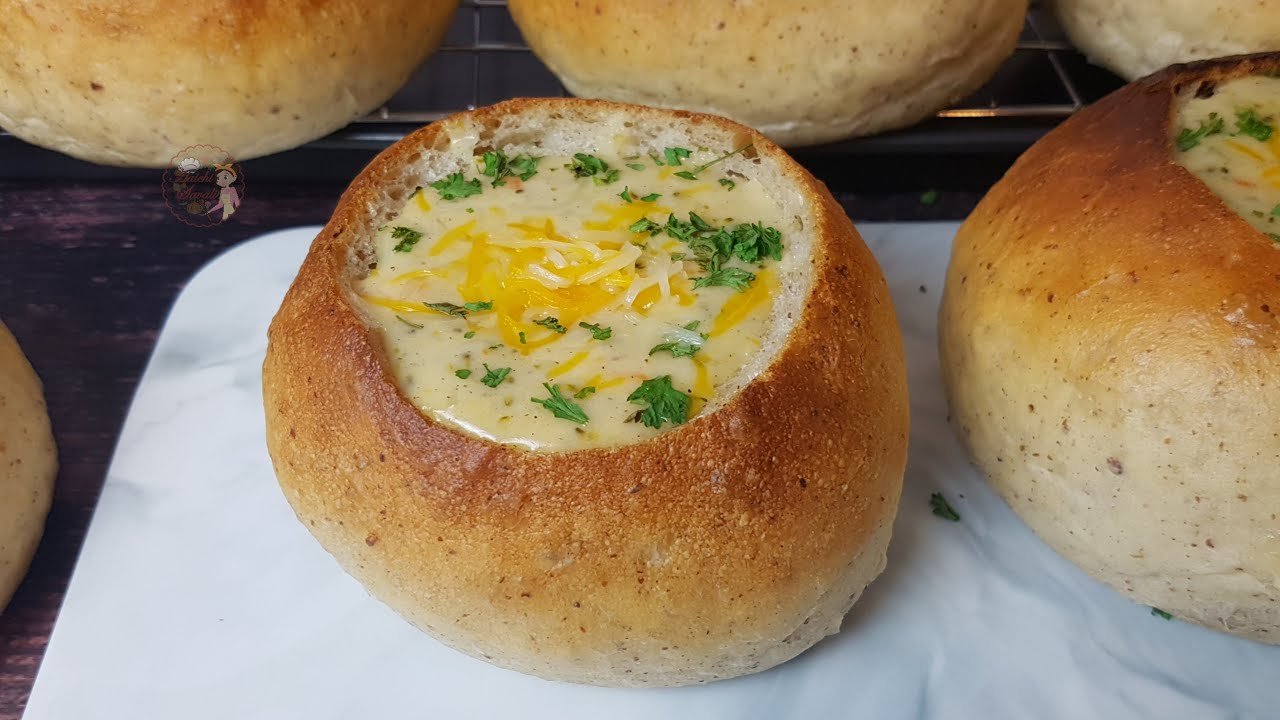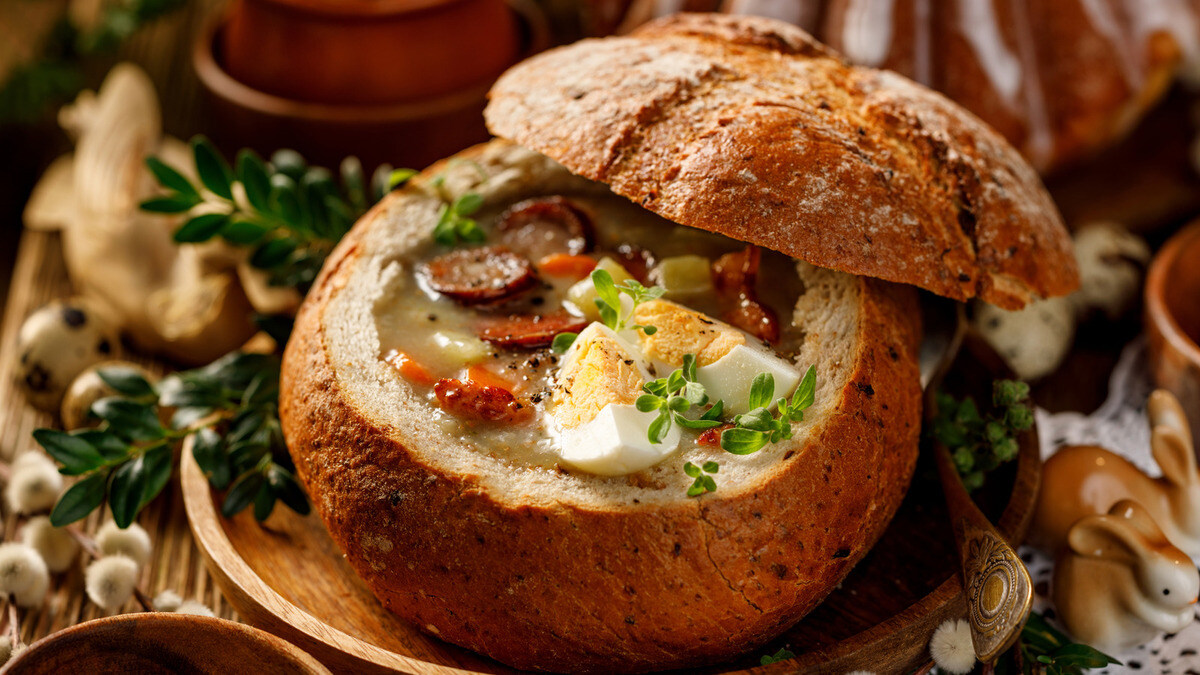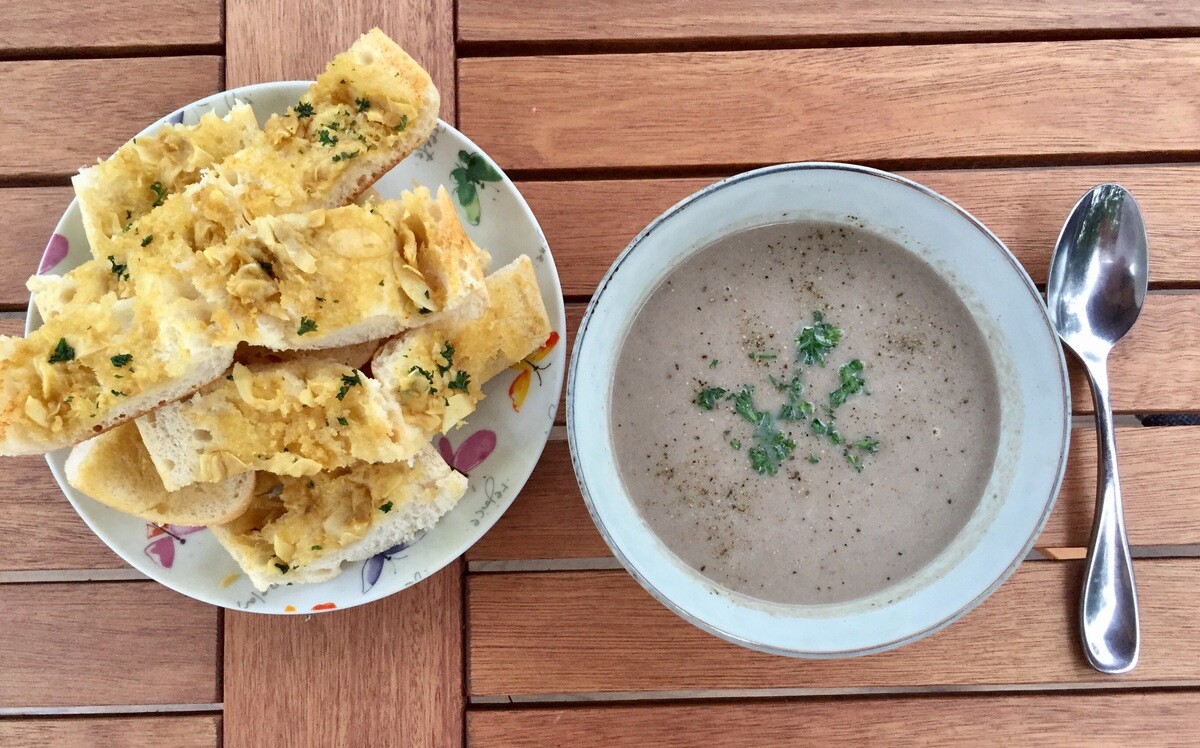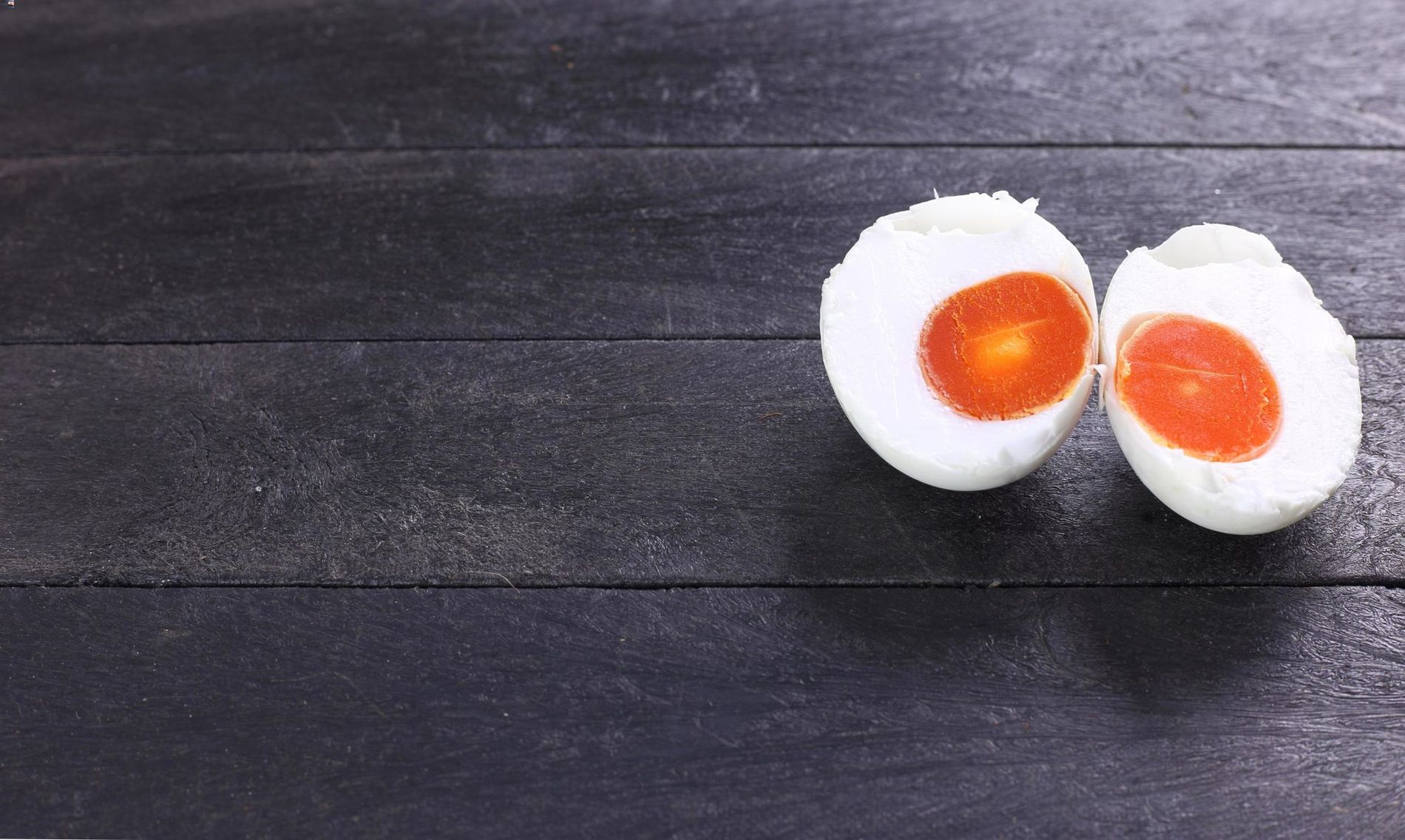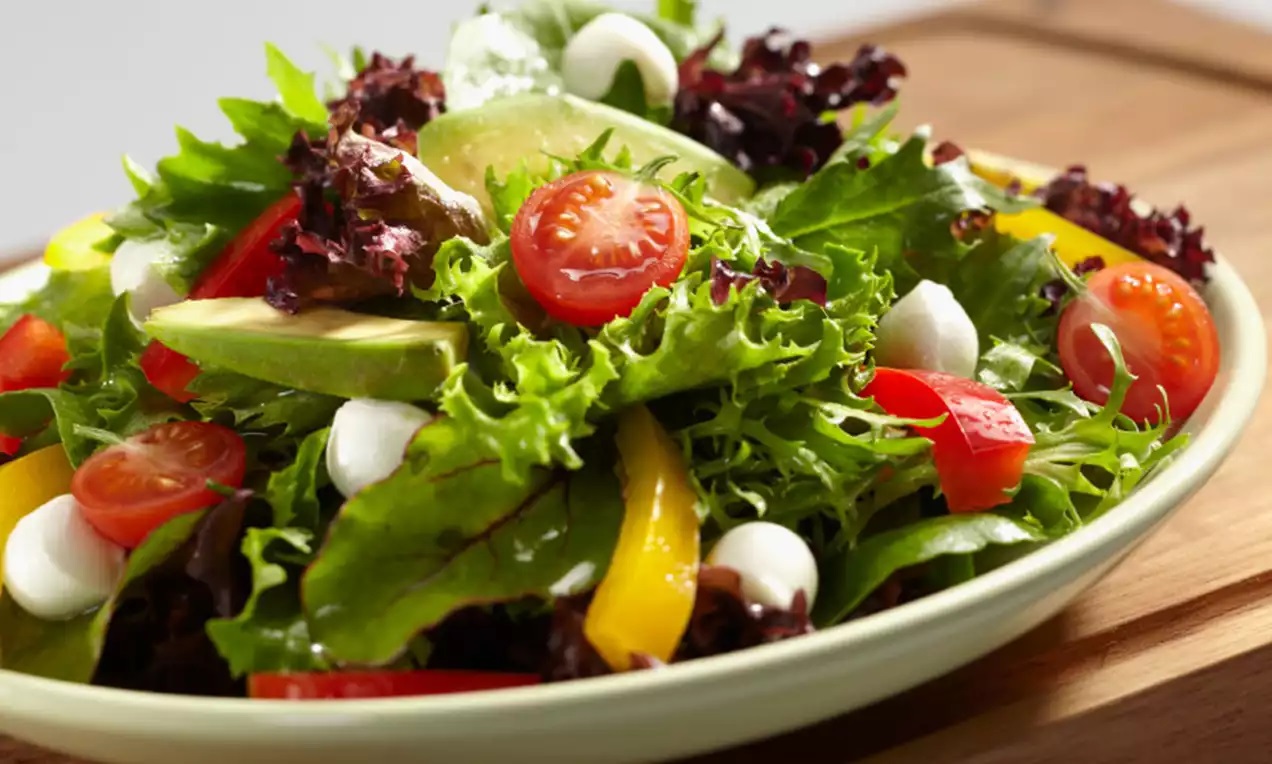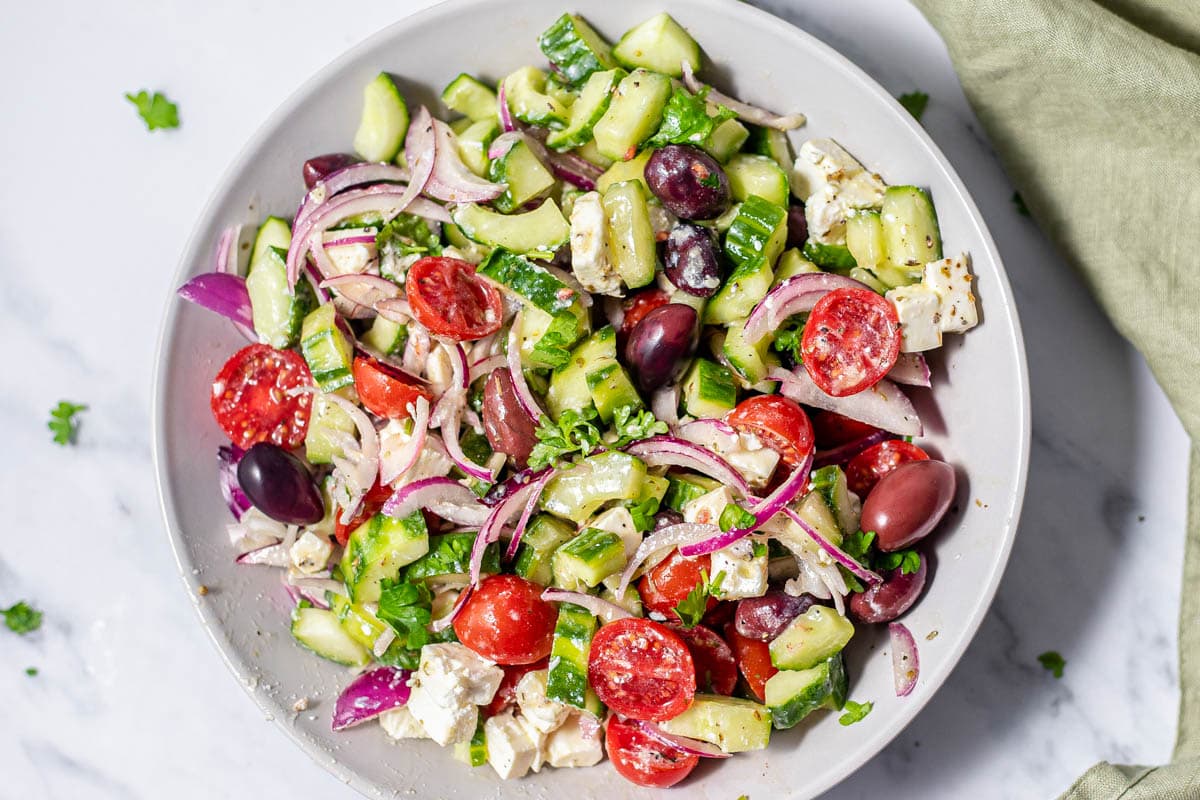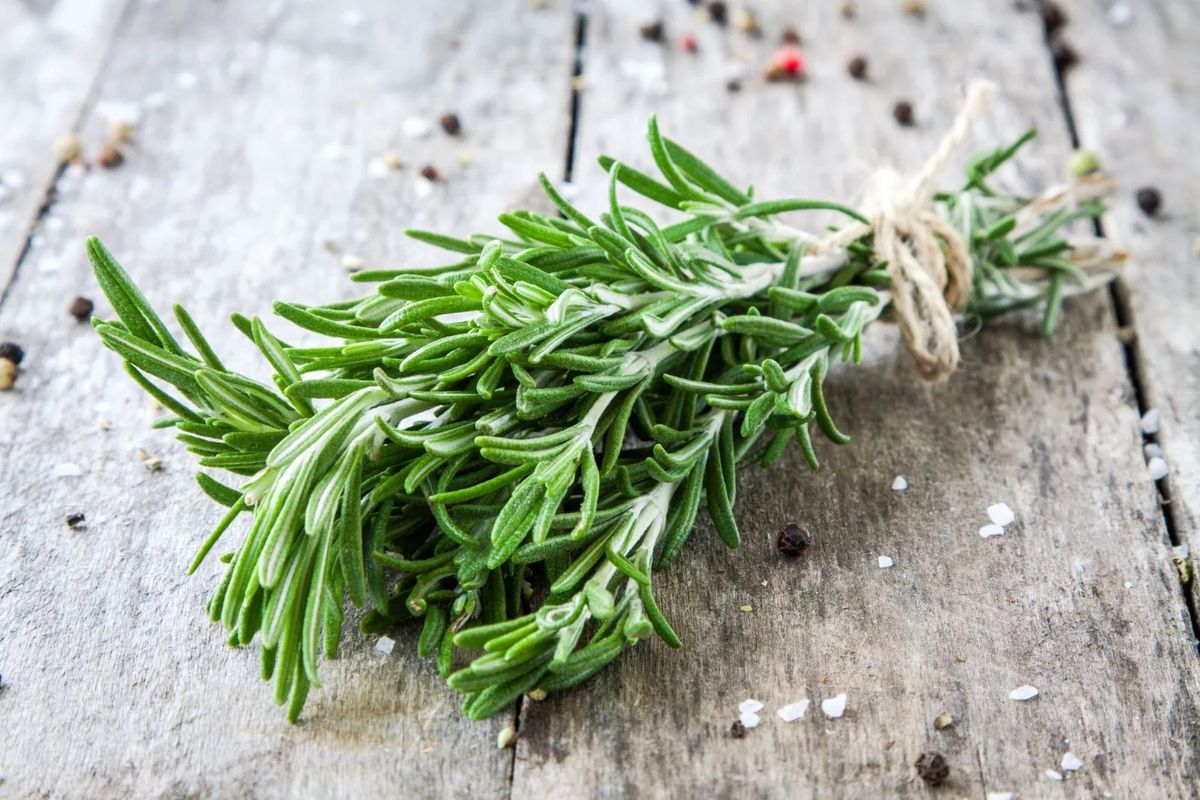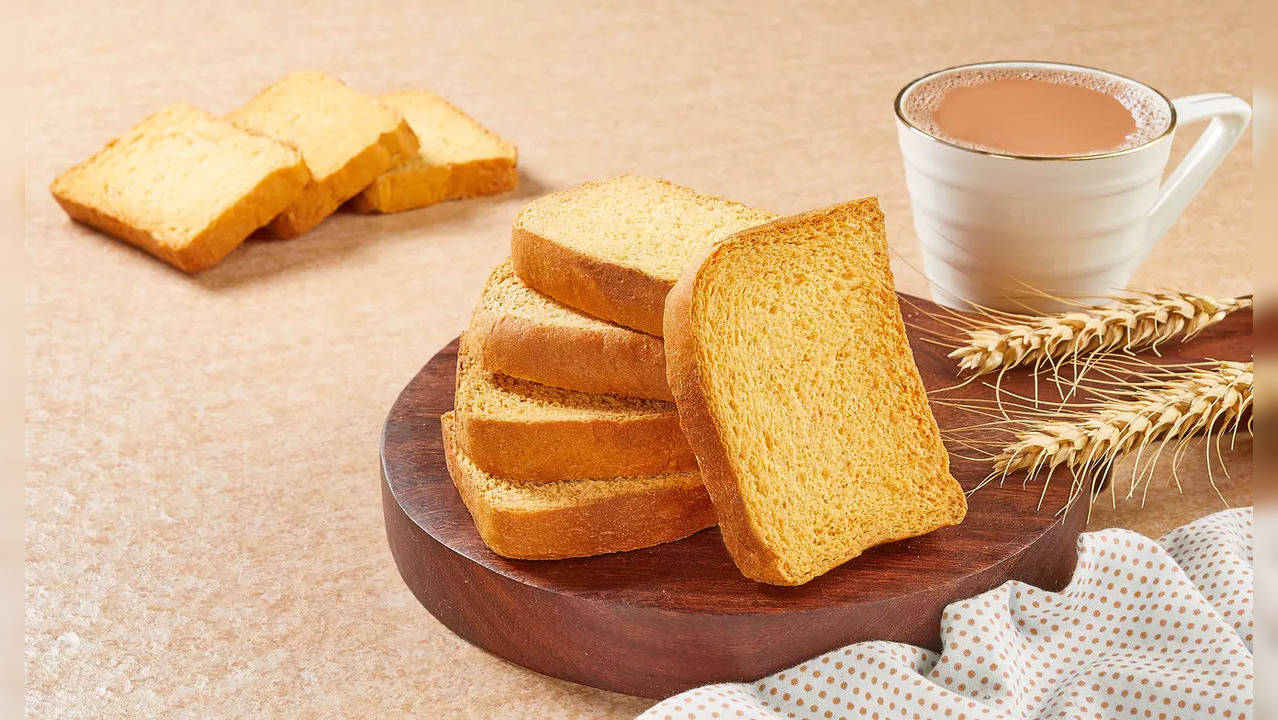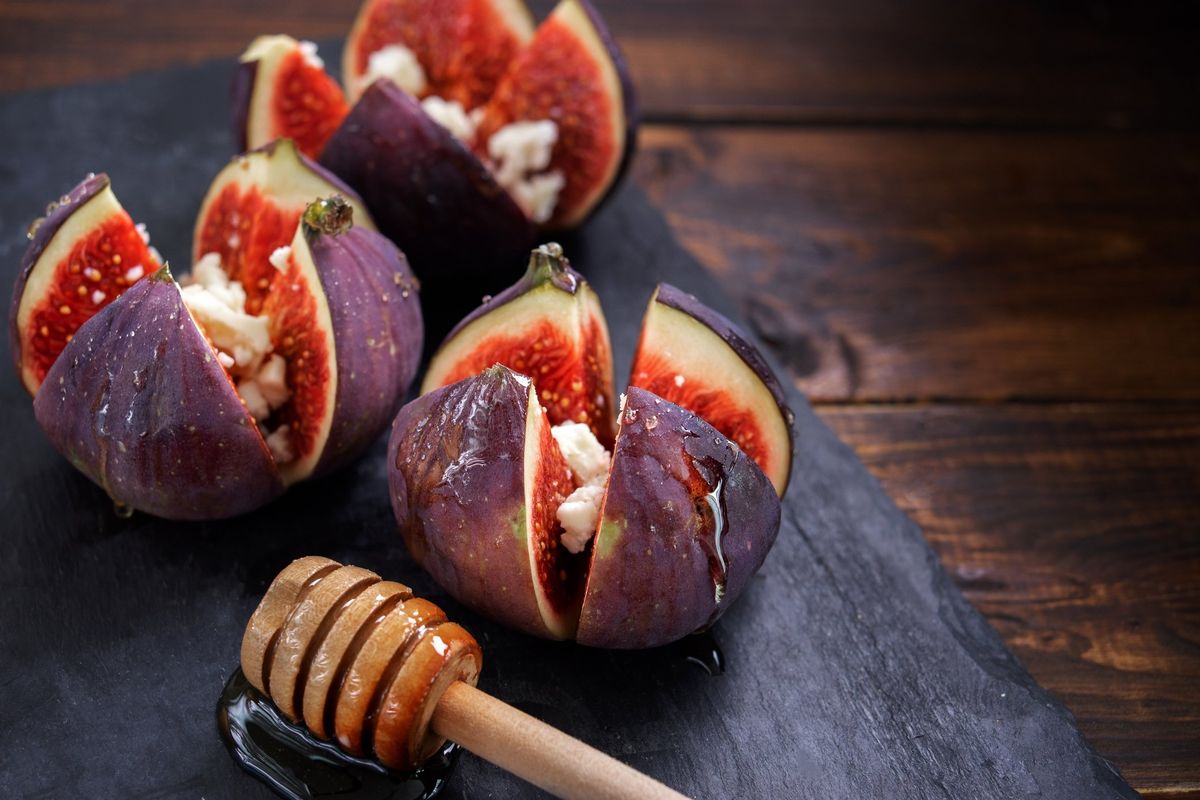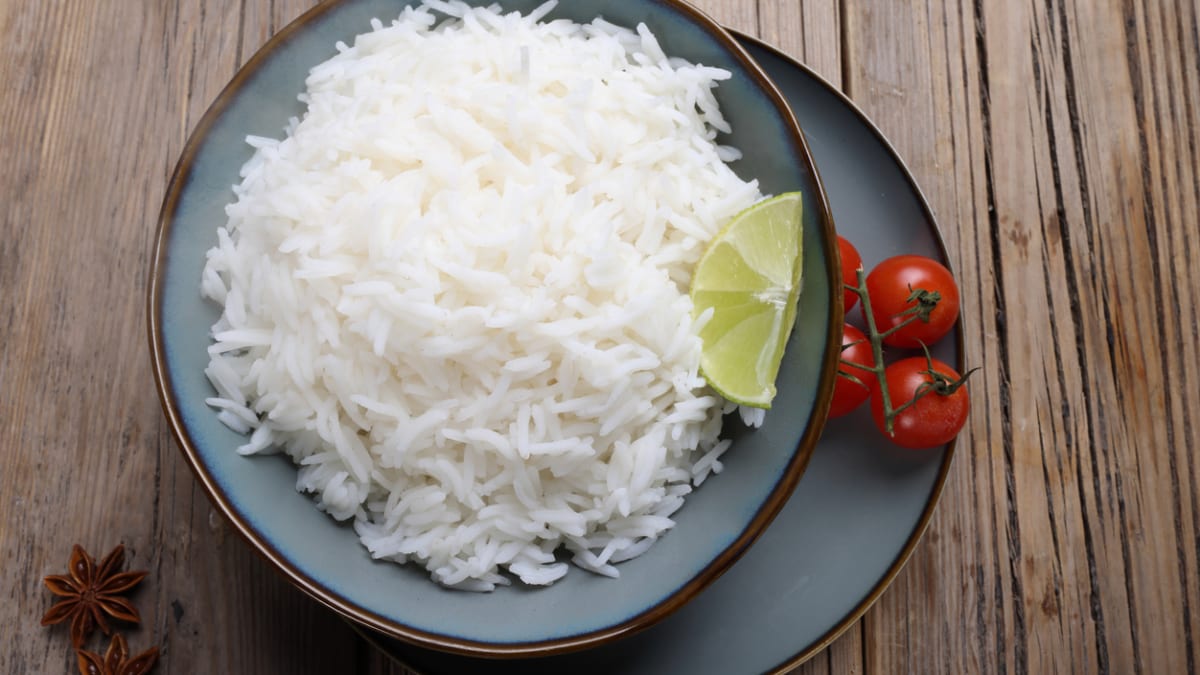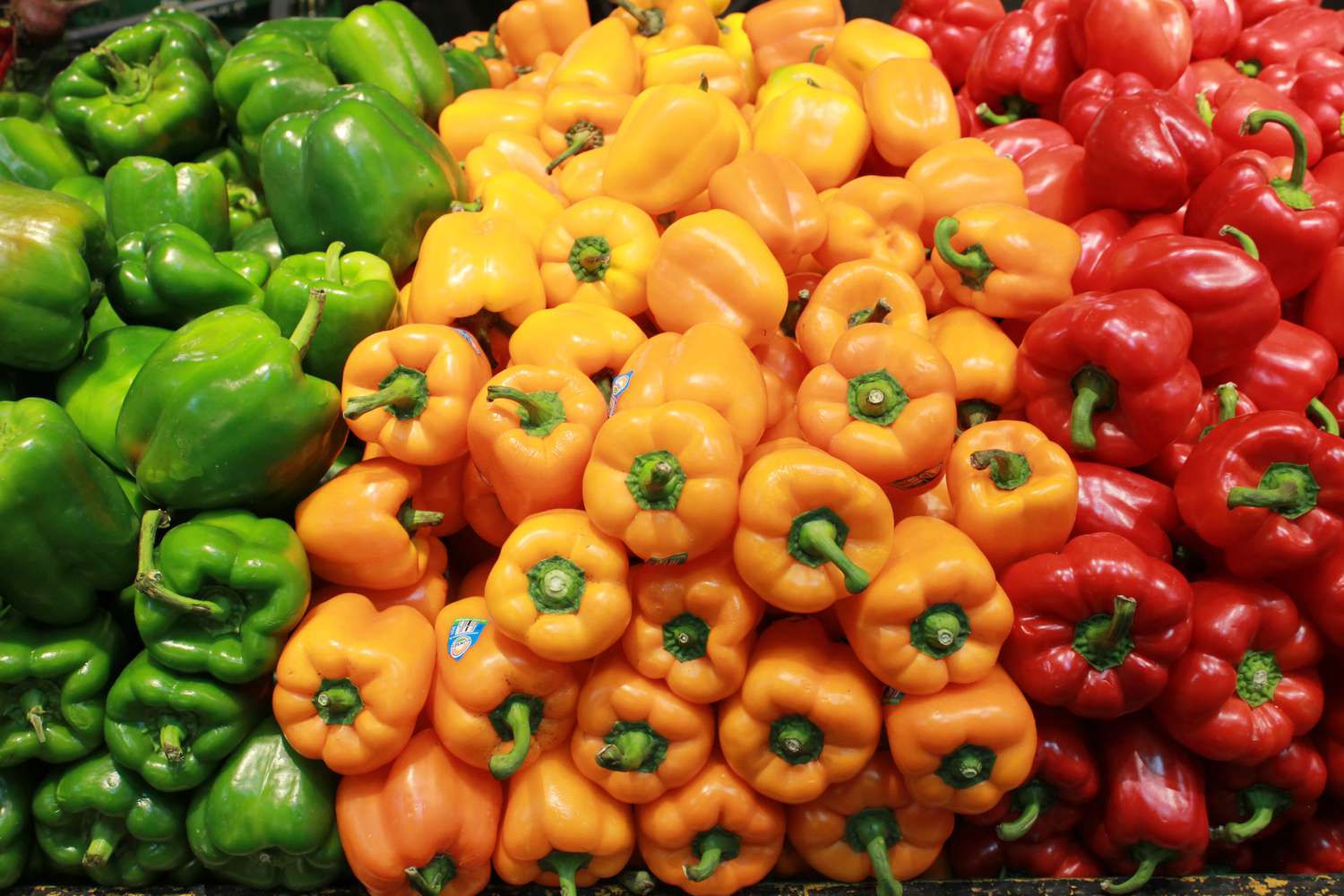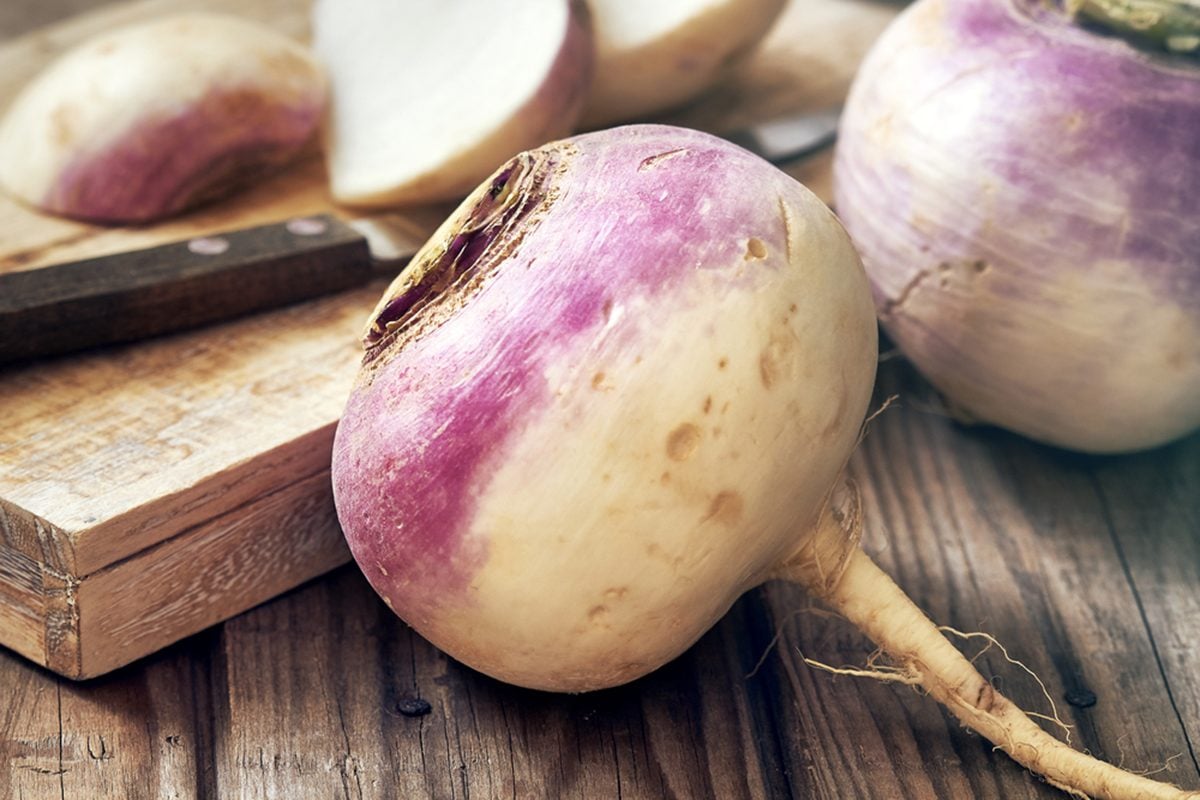How to Enjoy Sangak Bread
Sangak bread is a traditional Persian flatbread that is loved for its unique texture and delicious flavor. If you’re new to this type of bread, you might be wondering how to eat it to fully appreciate its taste and texture. Here are some tips on how to enjoy Sangak bread to the fullest:
1. Pair it with Your Favorite Dips
Sangak bread is perfect for dipping into a variety of flavorful dips. Whether you prefer hummus, baba ganoush, or tzatziki, the slightly chewy texture of Sangak bread makes it an ideal companion for your favorite dips. The porous surface of the bread allows it to soak up the flavors of the dip, creating a mouthwatering combination with every bite.
2. Make a Sandwich
Sangak bread is also great for making sandwiches. Its large, thin shape makes it perfect for wrapping around your favorite fillings. Whether you’re in the mood for a classic turkey and cheese sandwich or a Mediterranean-inspired wrap with falafel and fresh veggies, Sangak bread provides a sturdy and flavorful base for your sandwich creations.
3. Serve it with Grilled Meats
If you’re planning a barbecue or grilling session, consider serving Sangak bread alongside your grilled meats. The slightly charred and smoky flavor of grilled meats pairs beautifully with the nutty taste of Sangak bread. You can use it to make kebab wraps or simply tear off pieces to soak up the juices from your grilled dishes.
4. Enjoy it with Cheese and Fresh Herbs
Sangak bread is delicious when paired with a variety of cheeses and fresh herbs. Create a simple yet satisfying snack by topping torn pieces of Sangak bread with your favorite cheeses, such as feta or goat cheese, and a sprinkle of fresh herbs like mint or parsley. The combination of textures and flavors is sure to delight your taste buds.
5. Toast and Enjoy with Breakfast Spreads
For a delightful breakfast or brunch option, consider toasting slices of Sangak bread and spreading them with butter, jam, or honey. The toasting process enhances the nutty flavor of the bread and creates a satisfying crunch. It’s a simple yet delicious way to start your day.
Now that you know how to enjoy Sangak bread, it’s time to pick up a fresh loaf and start experimenting with different flavor combinations. Whether you prefer savory or sweet pairings, Sangak bread is a versatile and tasty addition to any meal.
